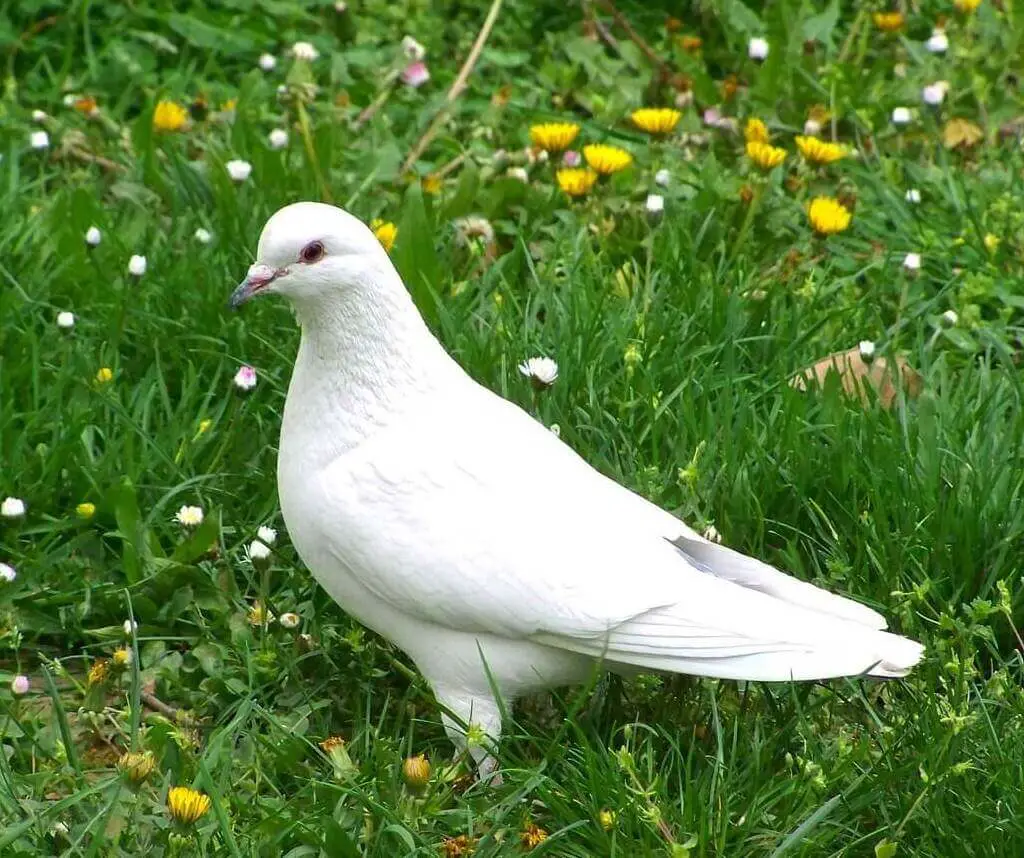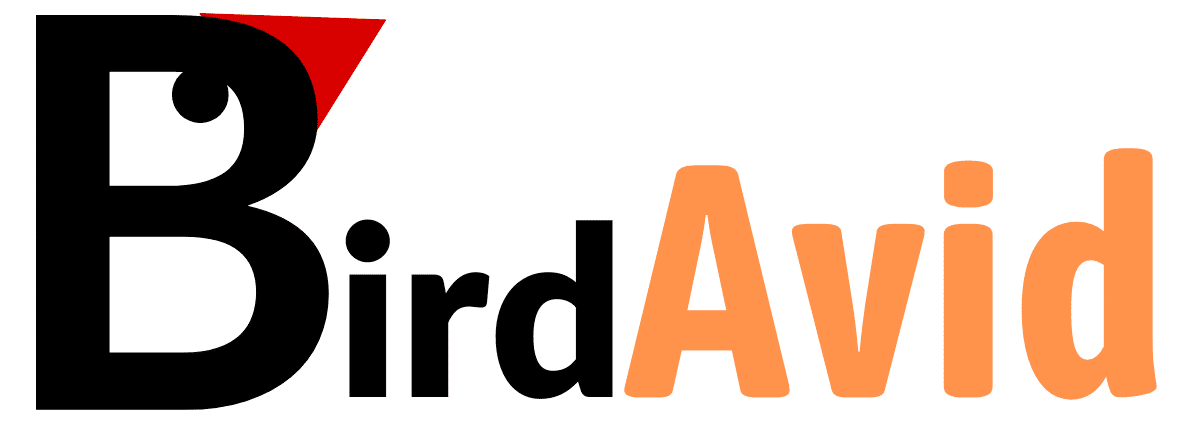The vast majority of doves are not white, and they actually come in a wide variety of different colors. The white doves that most people think of tend to be domestic birds that have been bred to have this color, often with the idea of releasing them on special occasions.
There is a lot to learn about the humble dove, and this particular type of bird is much more interesting and diverse than most people think.
Read ahead in this article to find out all about the many different kinds of doves that you can see in the world.
1. What Different Colors Can Doves Be?

When you picture a dove, a pristine white bird is probably the first thing that comes to mind. It might surprise you, though, to find out that completely white doves are about the rarest type of these birds when it comes to their coloring.
Throughout all of the different types of doves in the world, you can see many different color combinations, including:
- Pure white
- Gray
- Blue
- Brown
- Tangerine
- Pied
- Orange
- Green
- Pink
In fact, most wild and domestic doves are gray, and they are rarely a single uniform color. There are a lot of patterns and combinations of colors that are prevalent in their plumage, so a pure-white picturesque dove is far from the norm.
One of the most common species of dove, particularly for domestic breeding, is the rock dove (also known as the rock pigeon).
These birds are typically gray in color, fading towards white at the base of their bodies. They often have large black wing bars and black tips to their tails, as well as a green or purple tinge on their throat feathers.
2. What Is the Difference Between a Pigeon and a Dove?
Before we look any further it is essential to clarify exactly what a dove is.
Although there are many individual types of dove and pigeon to distinguish between, they are all part of the same family: Columbidae.
In general terms, pigeons and doves are the same birds. There are unique individual species within the wider group, but there are no characteristics that distinguish a “dove” from a “pigeon”. Originally, all of these birds were referred to as doves, although it does depend on which language is being used.
In English-speaking countries, people tend to refer to smaller, lighter-colored birds within the family as doves, and many of the species that include the name “dove” (such as ground doves or collared doves) are slightly more vibrant in color, with longer tails and smaller bodies.
In reality though, these differences are between individual, unique species, not the overall type of bird.
Doves and pigeons are not separate species, they are general terms that could be used for any birds within that family.
All of these birds – both pigeons and doves – share common characteristics, including:
- Short, rounded bodies
- Short legs
- Small, round heads
- Short beaks with a fleshy patch at the base
- Tapered wings
- Soft, dense feathers
- Crooning/cooing calls
3. What Kind of Doves Are White?

We’ve all got a strong visual image in our heads of the classic white dove: a beautiful pure-white creature in flight with an olive branch in its mouth.
We now know, though, that this is not the typical appearance that most doves have 🙂
So, what type of dove is all-white in color and where do they come from?
More often than not, the white doves that we see in the world today are not naturally occurring wild animals, but release doves. These are usually small domestic rock doves that have been specially bred to have pure-white coloring.
The other common type of white doves are barbary doves (or ringneck doves), which carry a mutation that means they can be born with completely white plumage.
Besides these two distinct species, it is also possible for wild or domestic doves to be born with a genetic anomaly like albinism, which is a specific mutation that restricts the production of melanin. Albinism can affect many different animal species, as well as humans. In doves, it generally results in all-white plumage, pink or-reddish eyes, and light pink bills, legs, and skin.
Naturally-occurring white doves are quite rare, particularly in the wild, as it makes them very vulnerable to predators because they stand out in their natural environment.
4. How Many Different Types of Doves Are There?

One of the most important things to understand about doves (and pigeons) is that they are not a single species or type of bird.
There are hundreds of different types of doves, which all come in different colors. There is a huge variety among these fascinating birds and each type of dove has unique characteristics of its own.
Doves belong to the family of birds known as Columbidae, which includes all doves and pigeons. Within this family, there are 344 unique species that can be individually identified, 13 of which are now extinct.
There are many dove species that are very abundant in the wild, or as domestic pets, but there are also rare kinds of doves and pigeons all over the world that can have surprisingly unusual appearances. Some of the most common dove and pigeon species include:
- Rock Dove / Rock Pigeon: Perhaps the most common of all dove species is the rock dove, from which all other birds within the family descend. There are many different types of “rock dove” around the world, including domesticated species which are often bred to be white.
- Barbary Dove: Also known as the ringneck dove, these birds often have a distinctive black ring around their necks, though they can be pure-white in color.
- White-Winged Dove: Though this is one of the only dove species that has “white” in its name, they are far from white all over. These birds are mostly brownish-gray, but they do have a distinctive white patch on the edge of their wings.
- Collared Dove: These birds are generally small and slim, with pale pastel-colored bodies and they are common all over the world.
- Turtle Dove: There are four different subspecies of turtle doves, including the European turtle dove, the Persian turtle dove, the Saharan turtle dove, and the Egyptian turtle dove. Adult turtle doves tend to have blue-gray and cinnamon coloring, mottled with black.
- Mourning Dove: One of the most abundant species of game bird in North America, the mourning dove is sometimes known as the rain dove or Carolina pigeon. They are generally light grey or brown in color, but they can have violet and pink on their throat feathers.
Related Read: Are Mourning Doves Smart?
Final Thoughts
So, are all doves white? The answer is no, and far from it. There are more than 300 different species of pigeon and dove that all belong to the same family of birds, and very few individuals from any of these species are naturally born with all-white coloring.
The majority of the white doves that we see today are domestic rock doves or barbary doves that have been bred specifically to have this color of plumage.
If anything, the diversity and variety among these birds make them even more fascinating and majestic.
More Worth Reading Articles For You…

